Like many PC enthusiasts, this generation was the one that I finally decided to give a Radeon GPU a proper kick at the can. For the last 10 years or so, I have been the proud owner of various EVGA-branded (RIP) Nvidia graphics cards, ranging from the GTX 750 Ti to an RTX 3080.
I'm now the proud owner of a SAPPHIRE Nitro+ RX 9070 XT, and I won't lie, it feels a bit weird to have a Radeon card again after all these years. The transition overall has been pretty smooth, but I wasn't fully prepared for these 4 stark differences between the two brands of GPUs.
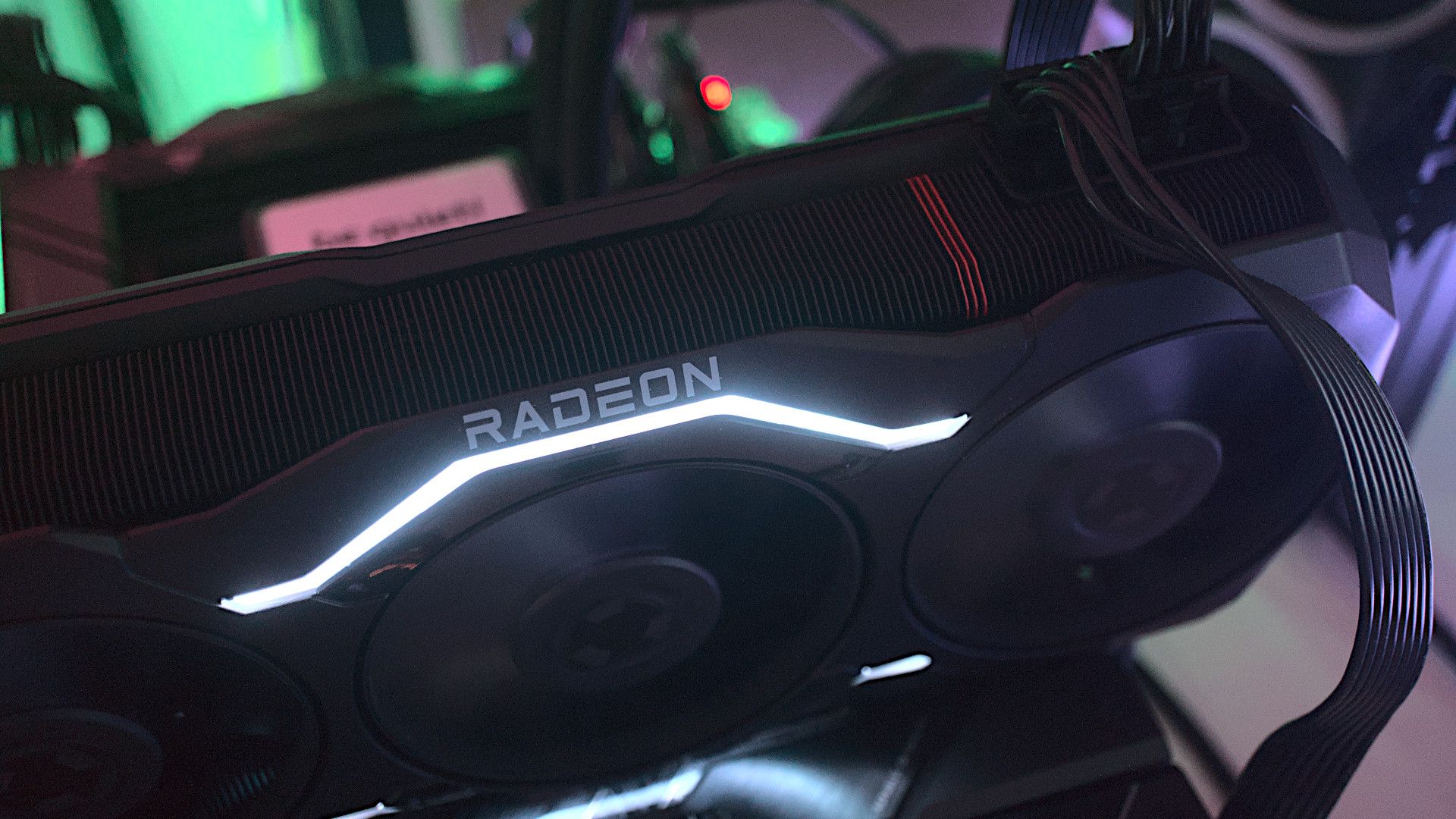
Related
4 reasons why I'm switching to an AMD GPU in 2025
Sorry NVIDIA, but you've driven me to the Red Team.
4 Display scaling differences
Small, but important to me
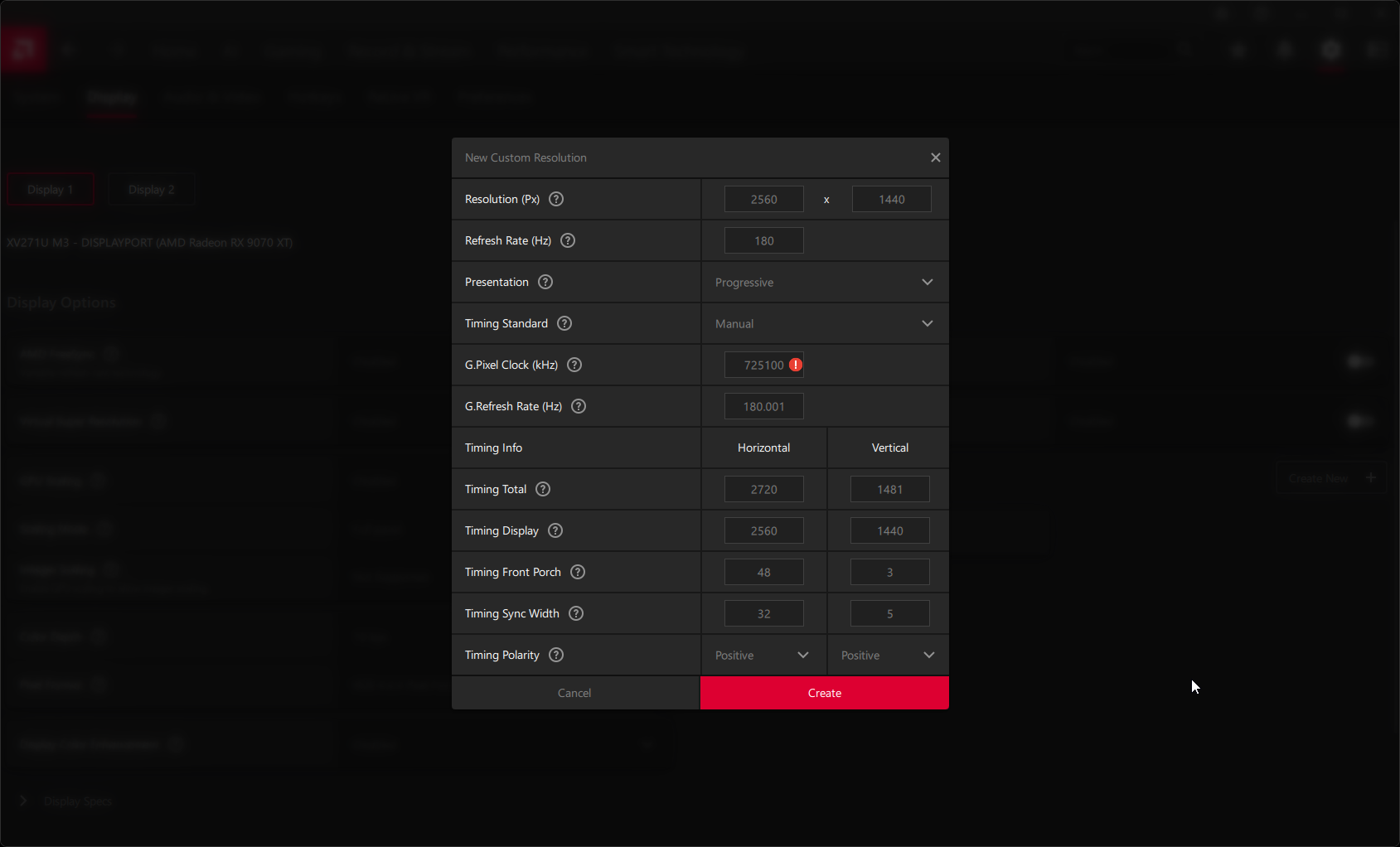
One of the first things I noticed after plugging everything in, installing drivers, and launching a game was the display scaling. This isn't a massive issue, but it's one that I hadn't even considered before buying.
In some competitive FPS games, it's common to play at a lower resolution, which is sometimes stretched to fit the screen, depending on the player's preferences. In my time competing in Counter-Strike, I was one of those players who played at a 4:3 aspect ratio, with the game stretched to fit the screen. It provided a very specific feeling that I had grown accustomed to, no matter how irrational it might sound.
On Nvidia GPUs, my chosen resolution of 1920x1440 was listed right in the game settings, and I was able to select it and easily stretch it to fit my screen in the Nvidia Control Panel. On my AMD card, things are a lot more complicated. Not only is this resolution not even listed in-game, getting it to work through Adrenalin isn't a straightforward affair either. I imagine there are quite a few Counter-Strike 2 players that will experience this same problem if they swap to an AMD GPU as well.
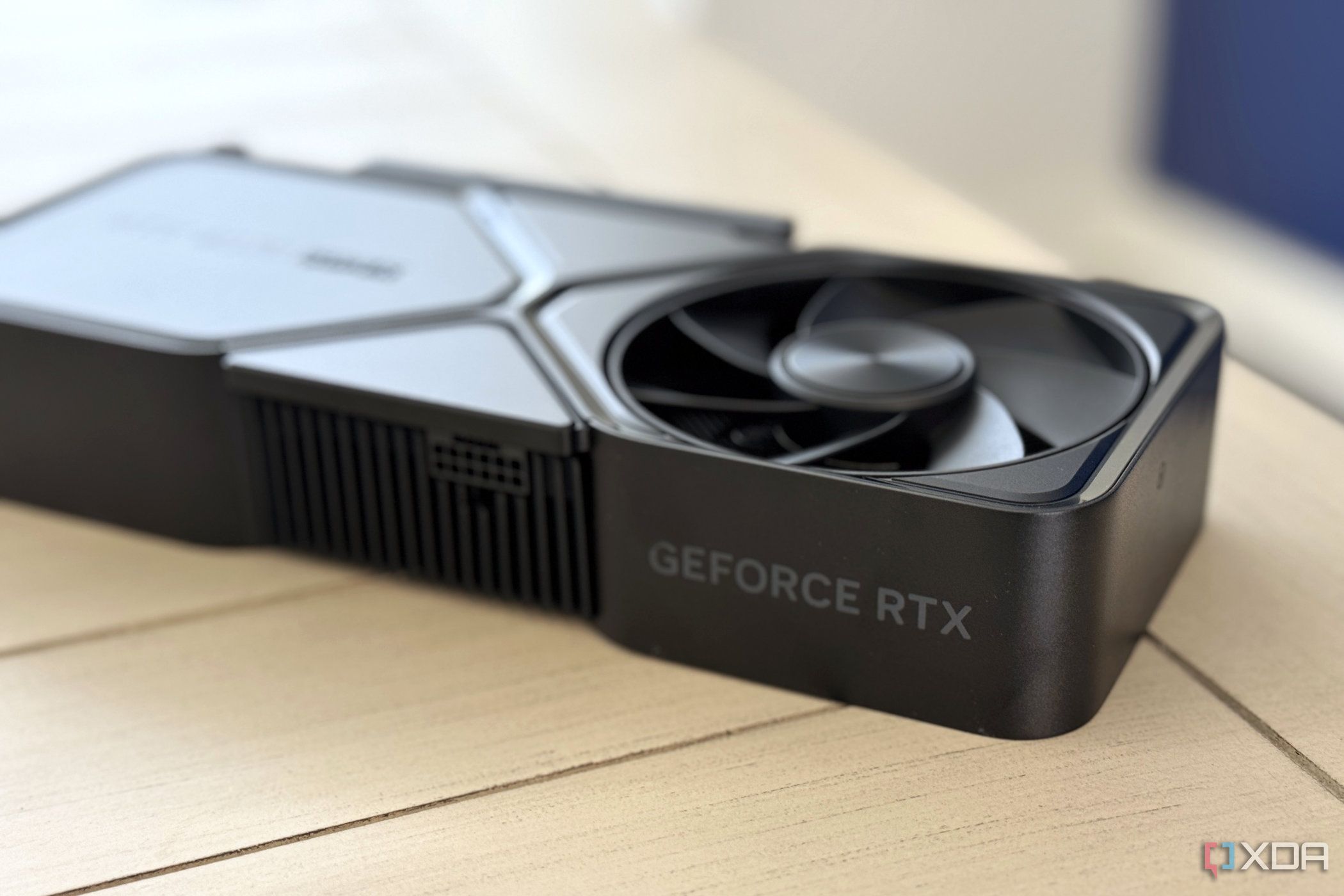
Related
4 Ways AMD's Adrenalin Software Falls Short of the NVIDIA App
AMD's Adrenalin app falls short of NVIDIA's new consolidated app in a few key areas in this matchup of GPU software ecosystems.
3 Driver quirks
It hasn't been fully plug and play
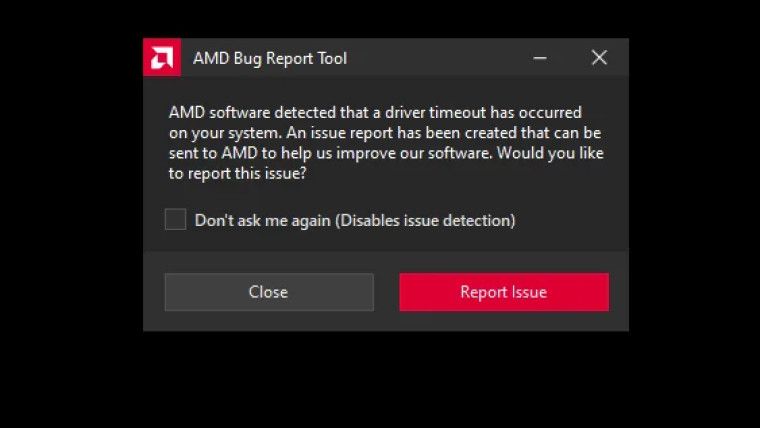
During my experience using GPUs from the Green Team, I became incredibly accustomed to Nvidia's drivers, both in terms of the Nvidia Control Panel, and the Nvidia App, formerly known as GeForce Experience. My experience wasn't issue-free by any means, but it was certainly pretty smooth sailing, all things considered.
AMD's drivers have improved in recent years, and while I haven't had an AMD GPU to corroborate this myself, having friends and colleagues that do gave me a pretty good picture of the situation. I haven't run into any hard roadblocks like black screening or game crashes, but I have run into weird issues with settings within the Adrenalin software.
Tuning any aspect of the GPU—fan curve, power limit, undervolting—isn't saved between reboots. I've investigated the issue pretty heavily and it seems to stem from other applications "hooking" the same settings, but uninstalling those applications doesn't seem to make a difference, at least for me. I'd love to tune my GPU, but it seems that doing it through the Adrenalin software isn't an option for me at the moment.
2 FSR 4 support is not as ubiquitous
DLSS 4 has it beat here

While it's still relatively new, I did expect the support for FSR 4 to be a little more widespread than it is. At the time of writing, the list of games that support FSR 4 can fit nicely spaced on a single webpage, without the need to scroll. That might be a bit of an odd metric, but the list of games is pretty shockingly small.
DLSS 4, in comparison, has many more games that support it, and while it's true that my RTX 3080 couldn't take advantage of some of the newer features, I still could've used the new model for base DLSS features. I fully acknowledge that this comes down to market share, and as more users begin to use AMD GPUs, the more incentive developers will have to integrate FSR into their games.
1 Pleasant surprises
Thermals, noise, and some neat software features
While I haven't sorted out all the issues I've been having with the Adrenalin software, I'm pleasantly surprised by it. The performance monitoring is laid out nicely and makes sense, and while I'm never going to use automatic game optimization features, seeing things like how much latency frame generation is adding, and average FPS across all the games I play are neat features. There's a lot of small quality-of-life stuff they've done to make it a usable piece of software.
Obviously, not all GPUs are going to be created equal, even within the same product range. The RTX 3080 that I owned previously was a significantly hotter chip, running with a cooler that was powerful, but a little loud. The last time I even thought about buying an AMD card, they were considered loud and hot, but the RX 9070 XT runs very cool, and is significantly quieter under full load. Mileage may vary here, obviously, but my Nitro+ card doesn't let the GPU core go above 60 degrees Celcius, even after a prolonged load.
I'll admit that these things aren't actionable, but they really were something I wasn't prepared for when buying a Radeon card. All the little pleasant surprises built up quickly, and made the small annoyances much easier to swallow.
Performance matters
As an enthusiast, I'll buy whichever brand can net me the best performance for my dollar, and this generation, that happened to be AMD. There are things that I like and dislike about how both brands handle their respective usage experiences, and overall, I feel pretty good about the swap. There are some things I definitely miss about owning an Nvidia GPU, but I'll take the better performance in my favorite games over small QoL features.
.png)
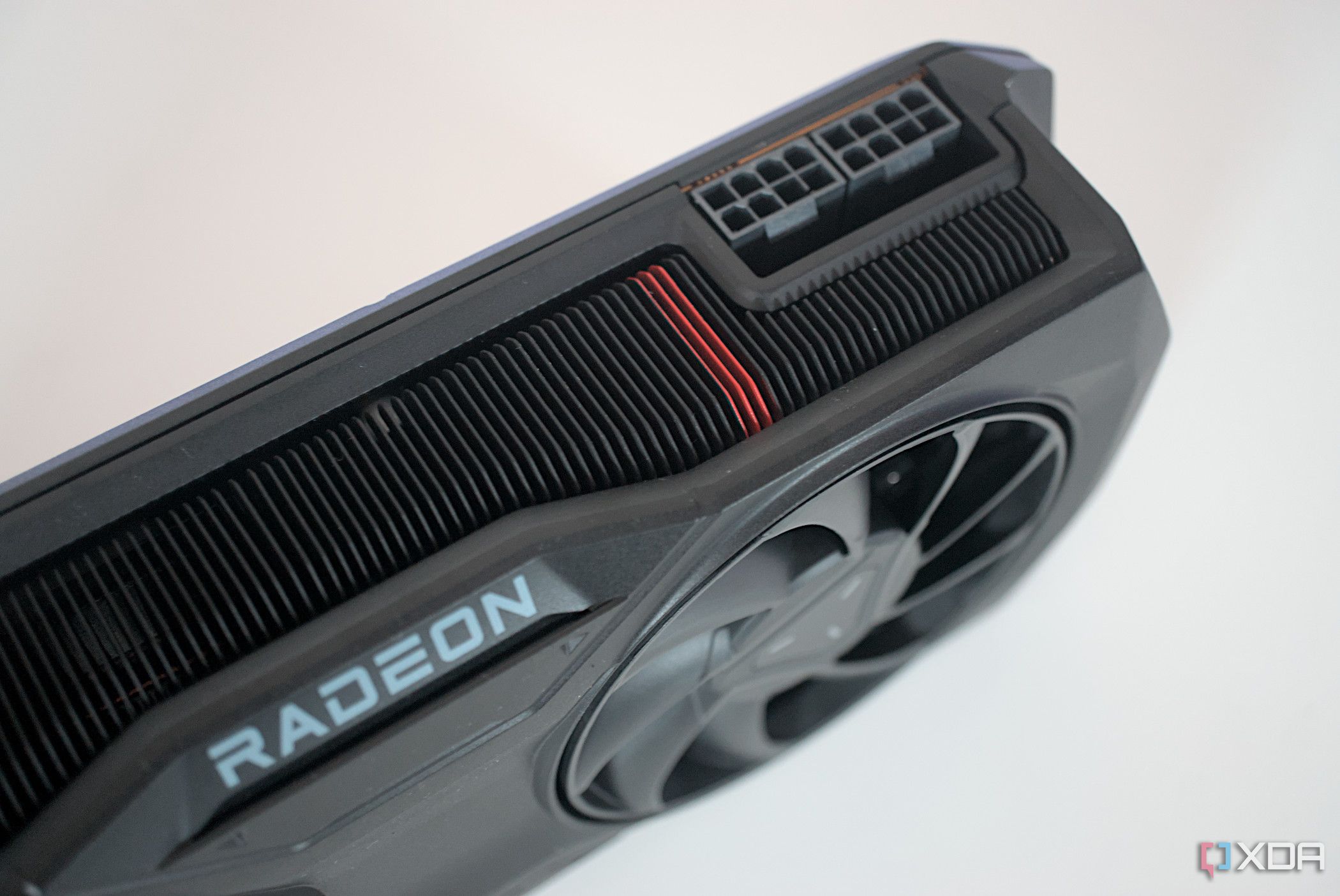
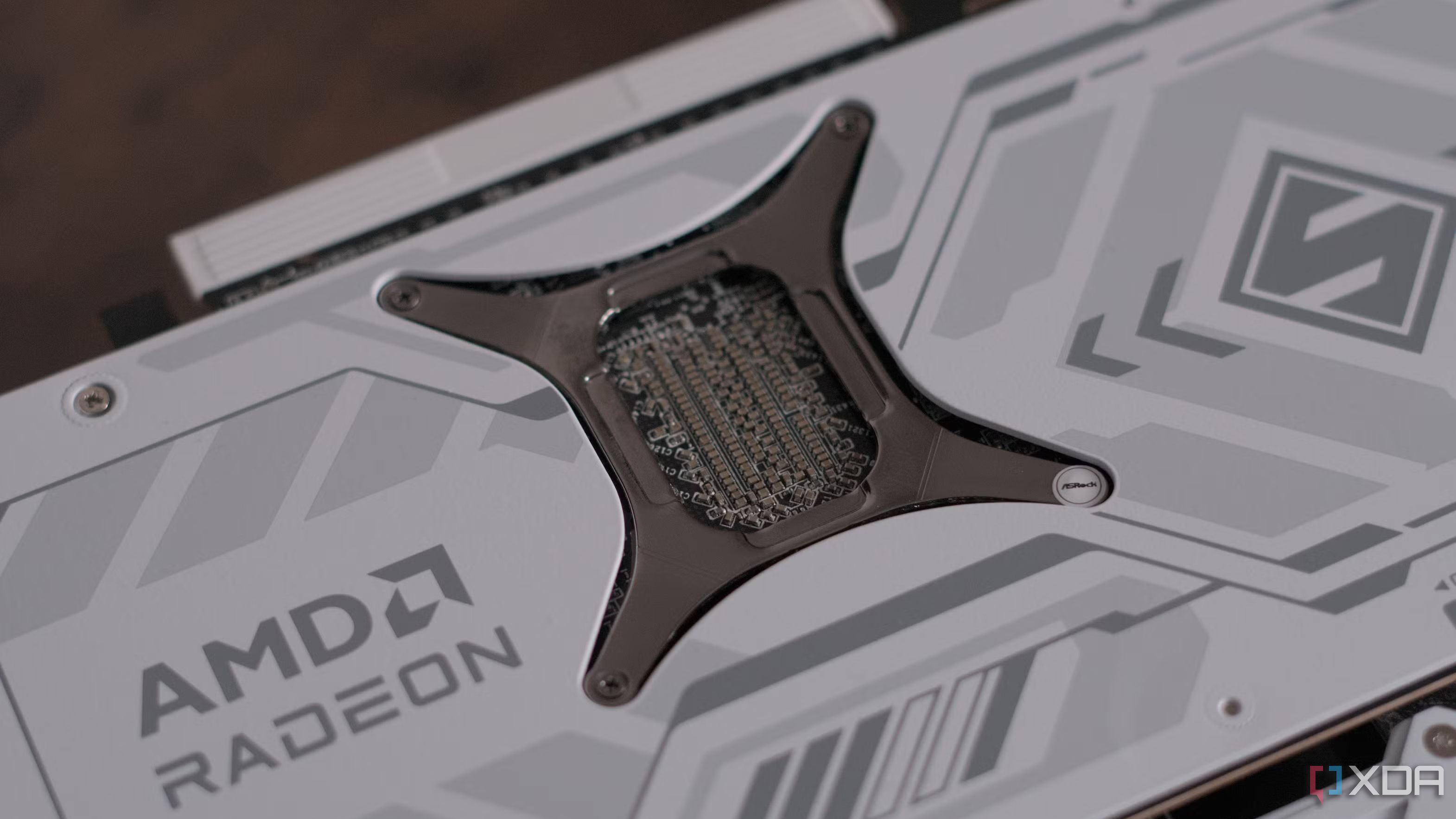
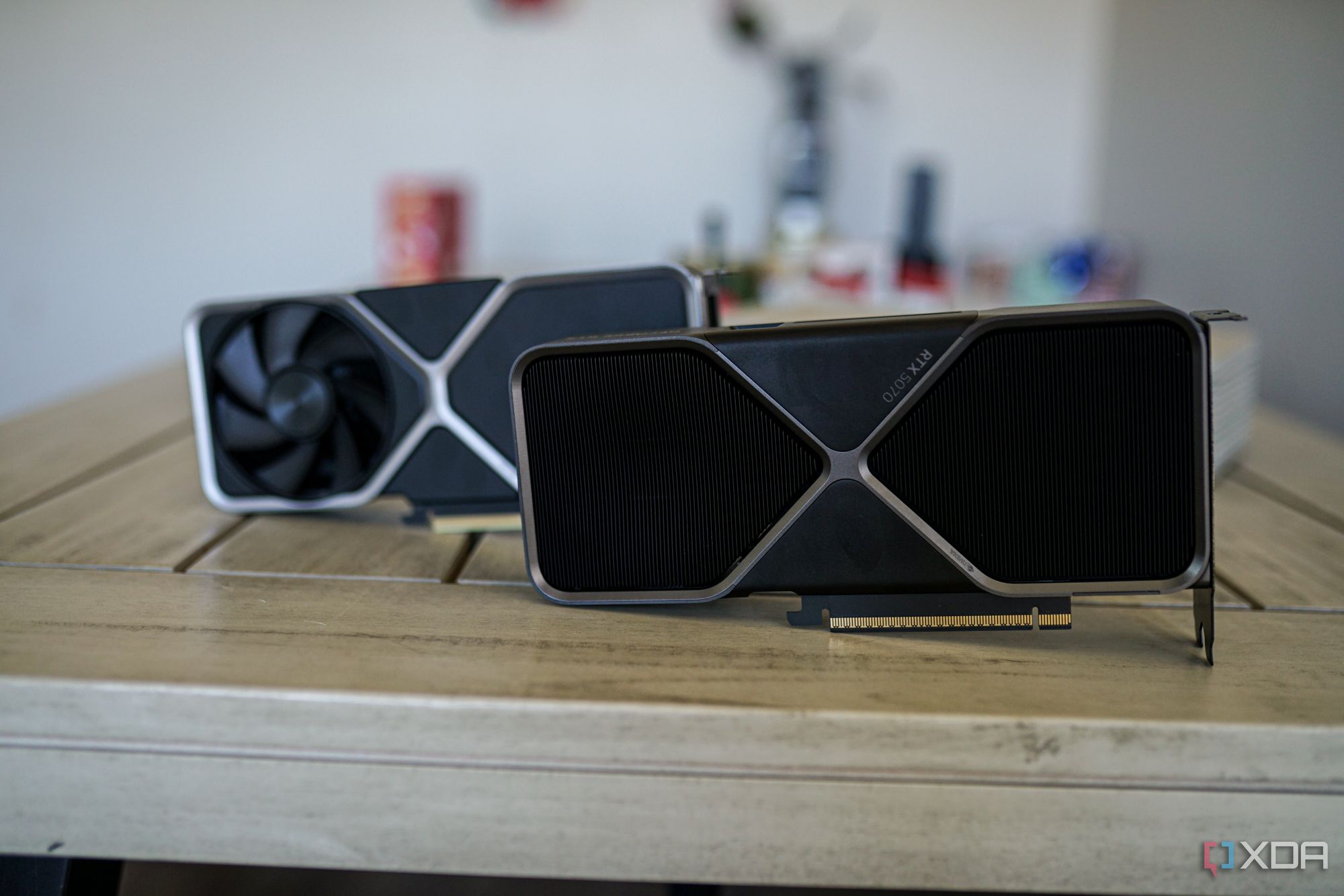
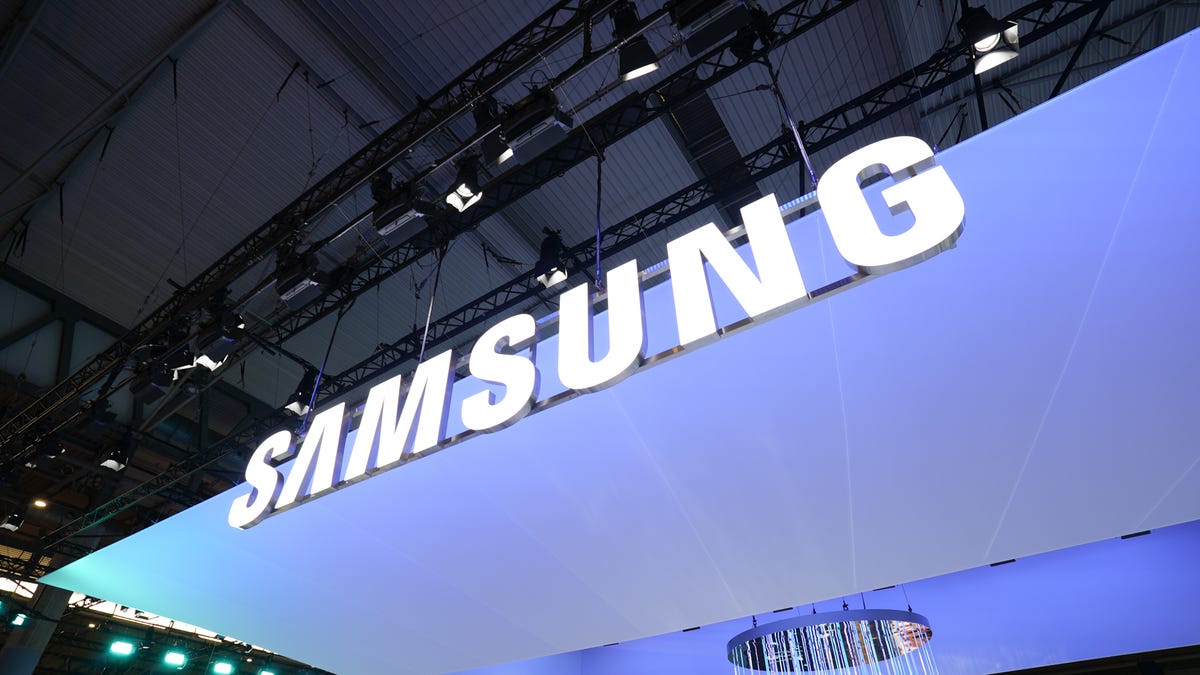

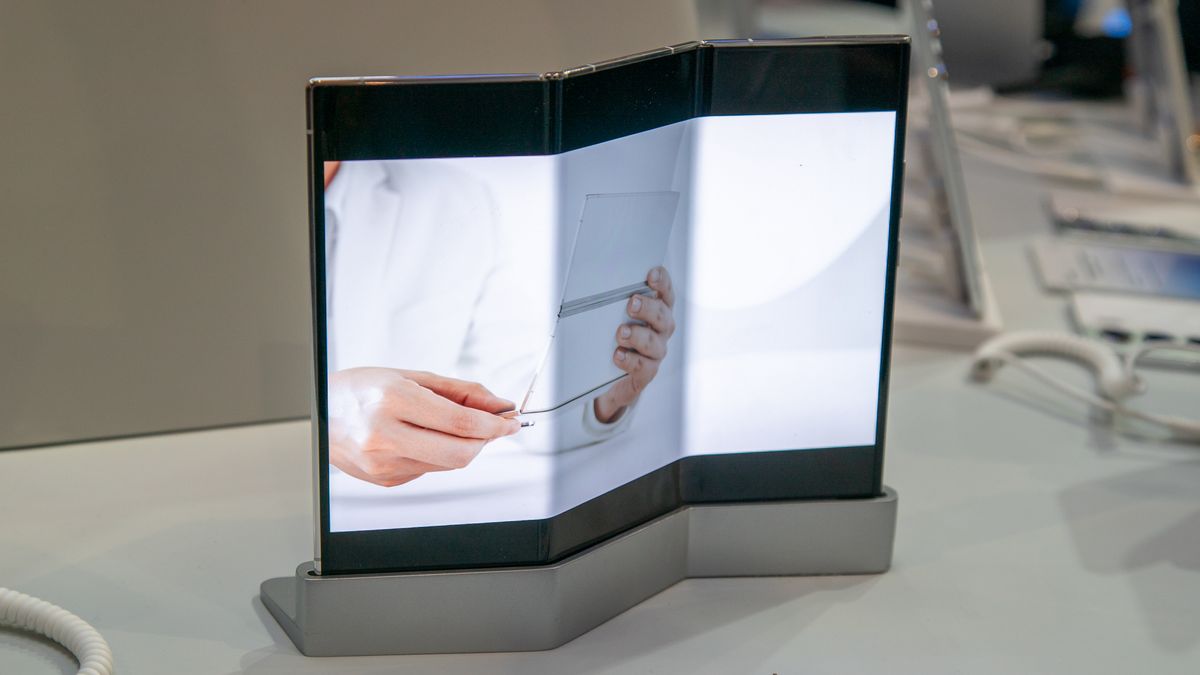








 English (US) ·
English (US) ·